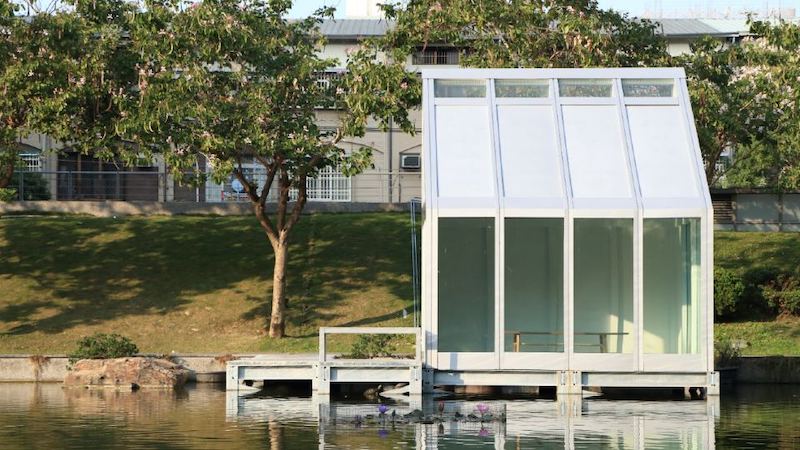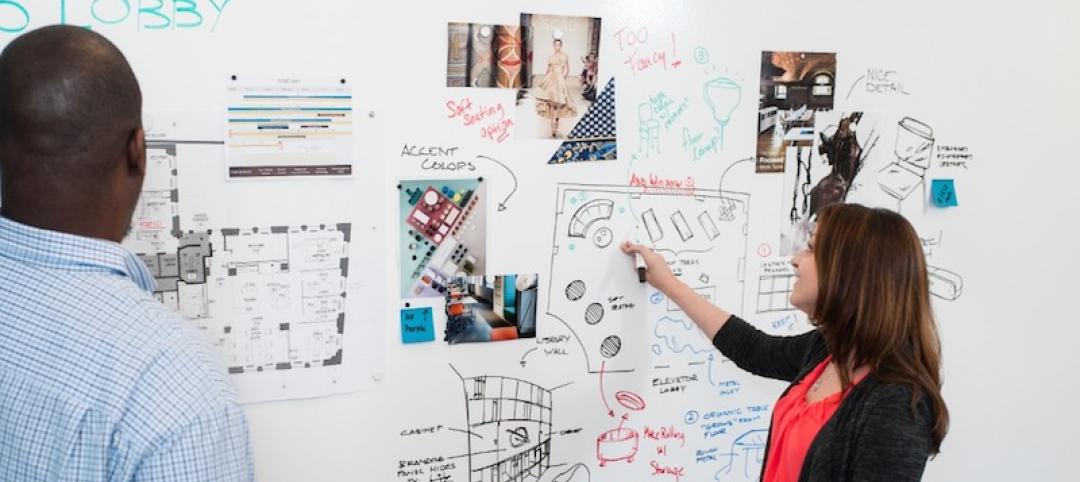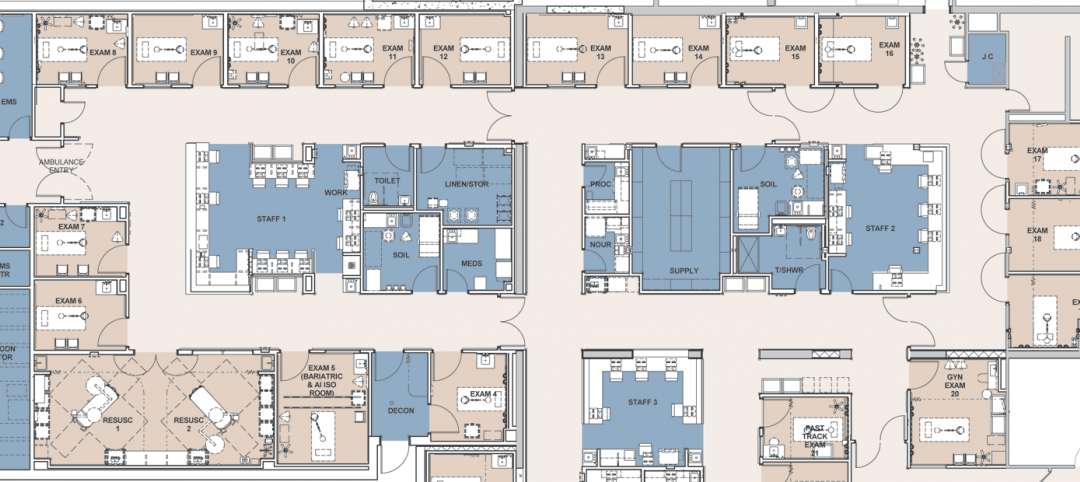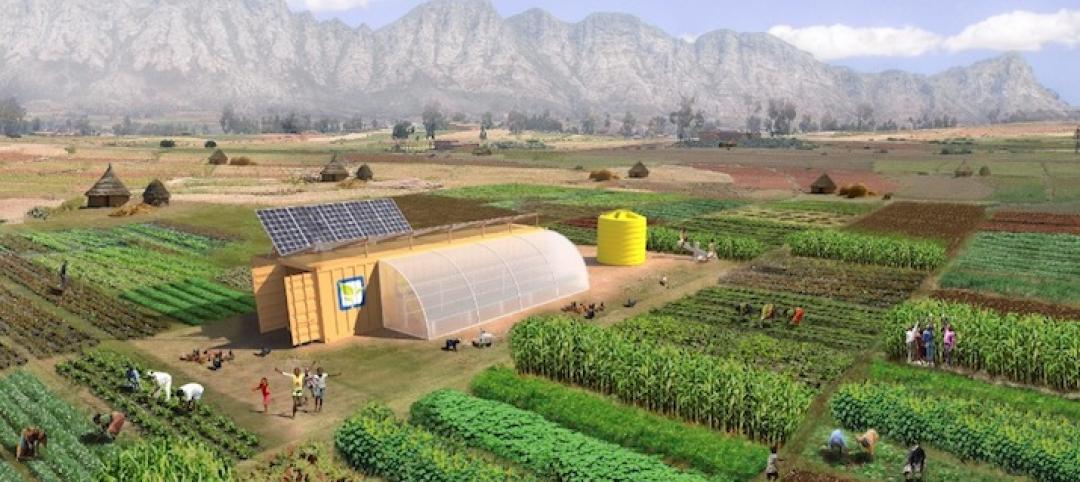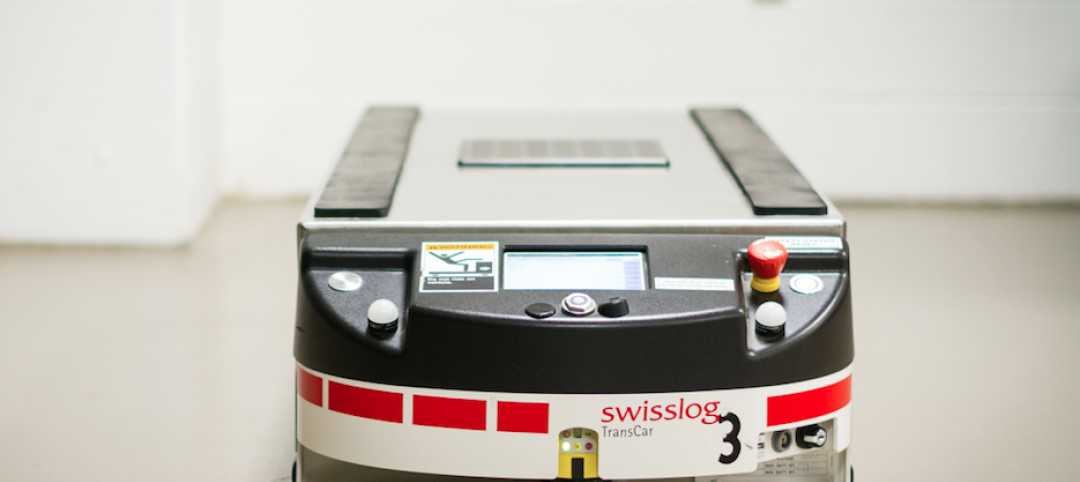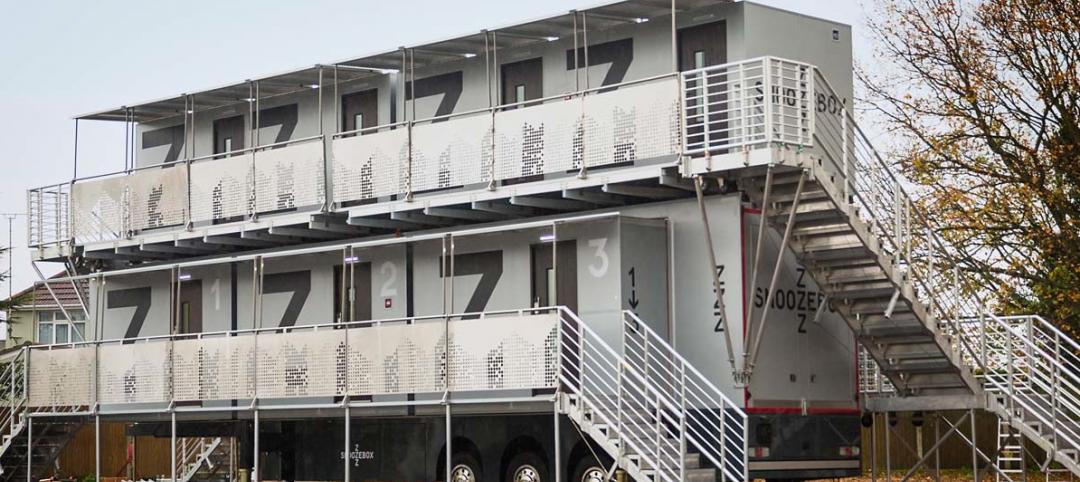Created by Dr. Matyas Gutai of Loughborough University, the water-filled glass (WFG) system uses water to heat and cool structures in an attempt to reduce building energy use. WFG utilizes a sheet of water trapped between a panel of glass. The system involves connecting the water-filled window panels to a storage tank, which can be located anywhere in the building, using pipes hidden in the walls, allowing the water to circulate between the two.
In warm weather, the buildings stay cool as the water absorbs external and internal heat. The warm water is then circulated to the storage tank. The heat is stored in the tank where, if the building temperature drops, it can be brought back to the walls to reheat the building using a monitoring system similar to central heating. The water can also be used for hot water supply.
Gutai has recently developed a version of the WFG system that uses a heat pump, which can heat and cool the water depending on the season.
Two prototype buildings, located in the differing climates of Hungary and Taiwan, have been created to test the system. Gutai used data gathered from these two “water houses” to develop a simulation system that evaluates the energy performance of the structures and the WFG system.
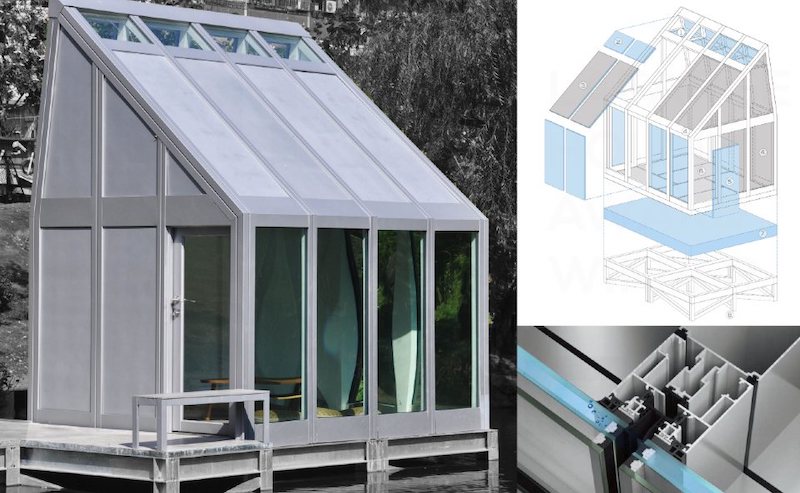 Developed by Loughborough University professor Matyas Gutai, water-filled glass utilizes a sheet of water trapped between a panel of glass to help regulate temperature swings in buildings. Simulation testing shows the technology will perform in all major climate regions.
Developed by Loughborough University professor Matyas Gutai, water-filled glass utilizes a sheet of water trapped between a panel of glass to help regulate temperature swings in buildings. Simulation testing shows the technology will perform in all major climate regions.
A July 2020 study, Energy Consumption of Water-filled Glass (WFG) Hybrid Building Envelope (bit.ly/2ZZMHFR), Gutai focused on the annual energy consumption for a typical office space (17.5 sm) with one glazed façade of equilateral orientation (south in the northern hemisphere). He used the simulation to explore how this office with a WFG system would fair in 13 cities from all major climate regions. Gutai then compared the WFG system with traditional systems of double-pane low-e and triple-pane filled with argon gas.
Among the findings of Gutai’s study:
• WFG is able to use the absorption of the water effectively to improve the energy performance of glass
• The water layer lowers the load for heating and cooling effectively, minimizing daily and seasonal peaks
• The WFG system saves energy in all major inhabited regions (every climate region except polar) with savings of 47-72% compared to double-pane low-e glass and 34-61% compared to triple-pane argon-filled glass.
“Glass is currently a liability in buildings as it compromises energy consumption, thermal comfort, acoustics and other aspects,” said Gutai. “WFG changes this paradigm and turns glass into an opportunity for sustainable construction. It shows us that thinking holistically about buildings and building components leads to a more efficient and sustainable built environment.”
Additional benefits of WFG include acoustics, reducing the need for building shading, and eliminating the need to color the glass.
Related Stories
Great Solutions | Jan 7, 2016
Bacteria-killing paint and magnetic wallcovering highlight innovations in surface materials
Sherwin-Williams recently introduced Paint Shield, the first EPA-registered microbicidal paint that kills virtually all infection-causing bacteria after two hours of exposure on painted surfaces.
Great Solutions | Jan 6, 2016
Shepley Bulfinch develops elegant design solution to address behavioral issues in emergency departments
ED scheme allows staff to isolate unruly patients and visitors in a secure area.
Great Solutions | Jan 6, 2016
All-encompassing farming kit can provide communities with a sustainable food supply
Several manufacturers partnered with the group Farm from a Box to develop an off-the-grid farming solution for communities, all without the need for outside help.
Great Solutions | Jan 4, 2016
Toronto’s newest hospital employs 10 robots for moving food, supplies, and equipment
The 1.8 million-sf Humber River Hospital is loaded with high-tech gadgets. Its coolest innovation is the use of automated guided vehicles.
Great Solutions | Jan 4, 2016
Snoozebox’s portable hotel rooms make outside events more livable
Since 2011, the London-based company has thrived by creating portable hotels that are set up for the duration of open-air events (or longer), and offer many of the comforts of conventional hotels.


